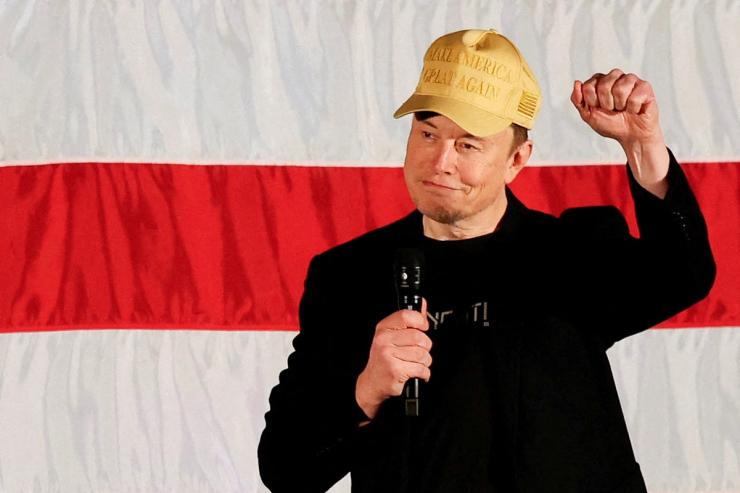The Scene
Last year, I predicted that AI agents would be a thing, computer-brain interfaces would make waves, AI regulation would be a big deal, and the China tech war would continue, with EV batteries becoming a flashpoint. I also predicted that practical quantum computers would begin to come into focus.
I got most of that right — but I also missed the biggest story of all.
In this article:
What We Got Right
While nobody was really talking about AI agents last year, they roll off the tongue of every journalist and tech leader now.
Brain interfaces went from science fiction to reality when Elon Musk put Neuralink implants into two severely disabled patients, allowing them to use computers again and play video games with their brains. And several other companies, from Synchron to Precision Neuroscience, are pursuing different types of BCIs.
We said AI safety would go from talk to actual policy. It did, dividing the tech industry when California lawmakers passed an AI safety bill (SB1047), forcing California Gov. Gavin Newsom to use his veto power to stop it.
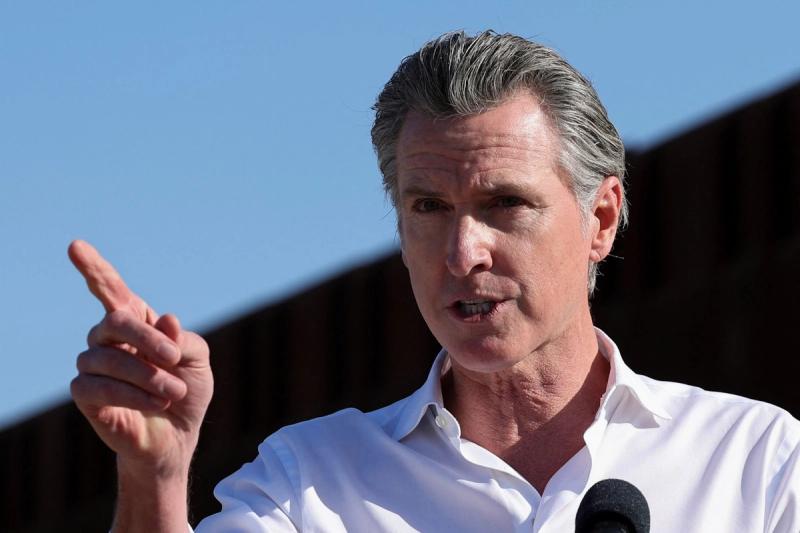
On quantum, we saw the first attempt ever to build a scaled-up quantum computer when San Francisco startup PsiQuantum made a deal with the Australian government to fund a project that could lead to the first world-changing discoveries by quantum computers.
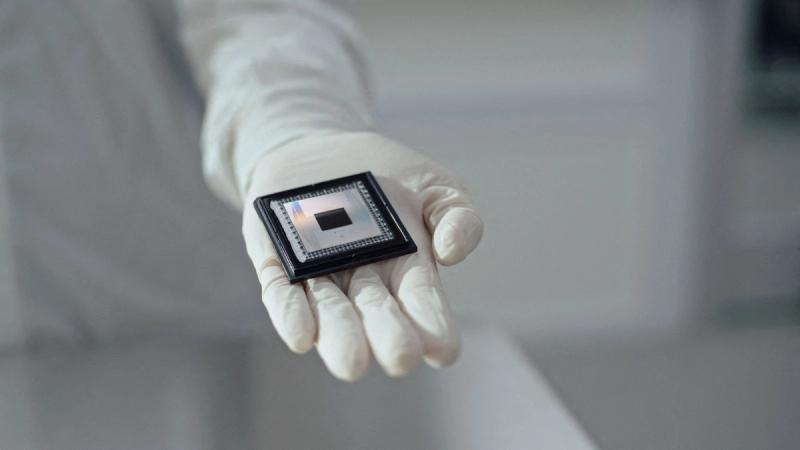
And Google recently touted a major breakthrough in error correction, removing an obstacle that had confounded researchers for decades. The announcement boosted parent company Alphabet’s valuation, marking (in a roundabout way) the first time quantum computing resulted in meaningful return on investment.
What We Didn’t See Coming
But if I could go back in time, I’d tell 2023 Reed that the big story would be AI data centers and the “Manhattan Project” for AI. The writing was on the wall in 2023 that, eventually, the government would play a bigger role in the development of AI.
And I would have flagged the US election as more of a defining factor in tech. We saw major players, from Marc Andreessen and Ben Horowitz to Elon Musk, dive into politics in an unprecedented way. I did not see Elon Musk becoming the head of the Department of Government Efficiency, nor did I see David Sacks becoming the AI and crypto Czar.
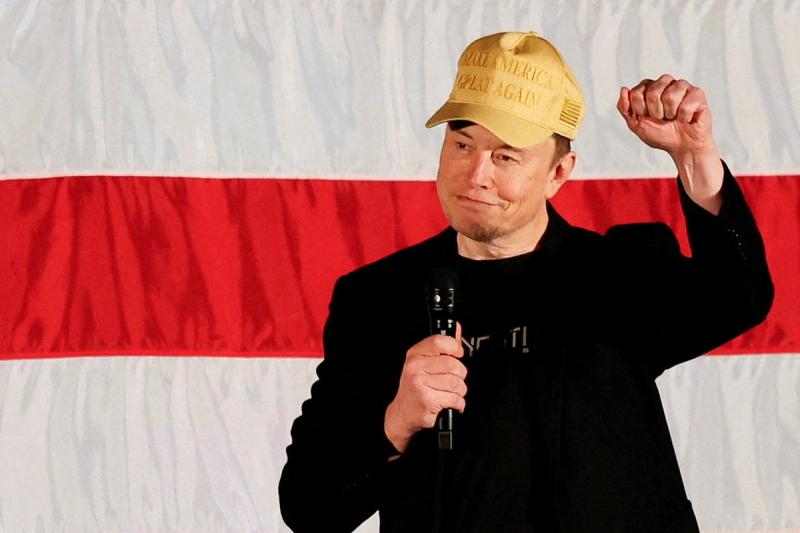
I did a big investigative piece on government funding of NFL stadiums nearly 15 years ago, but Elon Musk’s DOGE may have ended the practice with a tweet.
I also would have predicted a flood of articles declaring the “AI bubble” would burst by the end of 2024. By August, Forbes and CNN, among others, were reporting on an impending pop, followed by The New York Times. Last month, Bloomberg and others reported that AI capabilities had hit a wall.
They will be right eventually, but proven wrong over time. The pace of innovation these days is so fast that bubbles are popping and reforming like hardly noticeable potholes along the road. The point is, try to ignore the noise and look at the long-term trend lines that really tell the story.
I was premature on one big thing: I wrote a year ago that computer interfaces would change from clicking and typing to natural language. That hasn’t happened yet, and it may be a couple more years before it does. I didn’t really see an intermediate stop along the way, where AI models learn to control human-computer interfaces — something we saw early signs of in the last quarter of 2024.
Now What?
I’ll preface that any tech prediction for 2025 suffers from an inconvenient phenomenon: We tend to overestimate what will happen in the short term and underestimate what will happen in the long term. In other words, spot-on predictions for next year will sound kind of boring, and accurate long-term predictions will sound fantastical.
So here’s my attempt to thread that needle.
AI infrastructure: The compute power available for AI inference will expand drastically by the end of 2025, allowing for more complex, multi-step processes that simulate better “reasoning” in AI models. That “test time compute” is expensive today, but as costs come down, it will become the norm for AI models.
By the end of next year, all the big players in AI will be training their most advanced models across multiple locations. As far as we know, the biggest training runs that have occurred to date were trained inside a single location. Those sites are getting so big they are running up against bottlenecks, such as cooling capacity and energy availability. Spreading that out is a complex endeavor, but figuring it out will unlock more growth in the size of AI models.
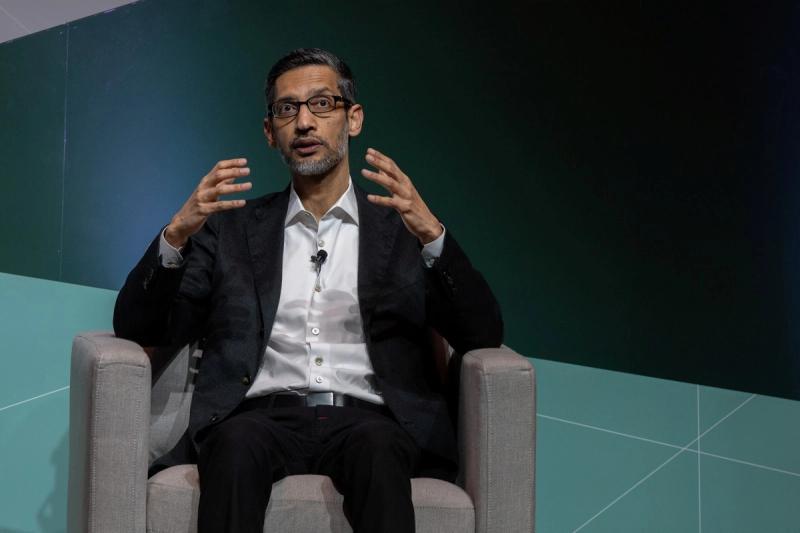
AI models: It will become clear that multimodality is the path forward for AI models to unlock next-level reasoning. The fact that Alphabet’s Gemini 2.0 Flash outperformed competitor Claude Sonnet 3.5, built by Anthropic, on the AI metric known as SWE-bench is a clue that there’s something about training models with video and audio that helps them understand the world better. Big tech companies will find themselves in a race to gather proprietary multi-modal data sets. That race may already have begun.
Agentic AI: The first killer agentic app will be web browsing. We’ll ask AI models to do a lot of the pointing, clicking, and typing for us on web interfaces. My favorite possibility is commanding it to “add this to my expense report.” This will eventually spread to the computer itself, as AI models become almost like knowledge bases with the ability to carry out tasks.
Policy: There will be a national effort announced to develop powerful AI models that will include Amazon, Google, Microsoft, OpenAI, Oracle, and, of course, Elon Musk’s xAI (and probably others). The effort will be aimed at taking on China.
The new Trump administration will continue a policy that began in the first Trump administration of limiting what technology can be shipped to China and what Chinese companies are allowed to sell in the US.
Intel, currently flailing and under fire, will begin to turn things around. (This might take longer than next year, but we could see signs of it by the end of 2025.) I don’t think Intel will spin off its fab business, even if that’s what some lawmakers and Wall Street folks would like to see. If Intel is a national chip champion, it’s more powerful and better suited as a combined design and fab business. The US government will need to continue to support Intel.
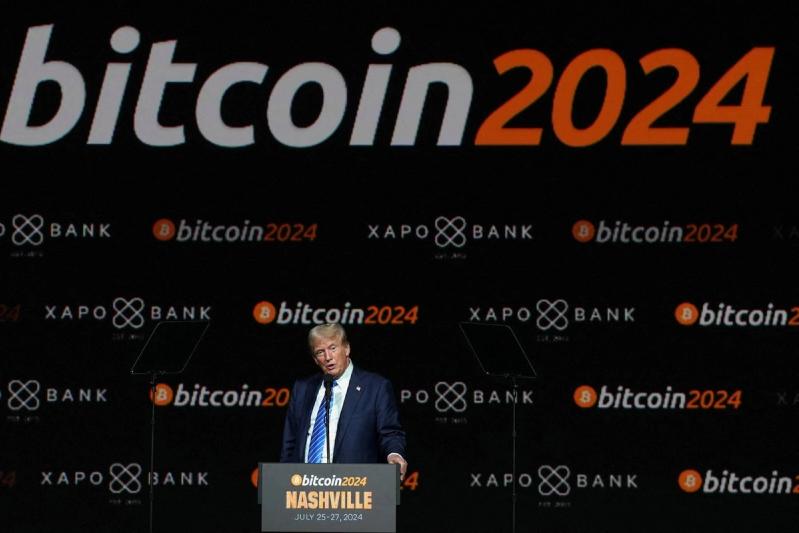
Crypto: The crypto industry will finally get concrete legislation and coherent regulatory guidance, leading to a new generation of blockchain- and crypto-enabled startups run by “adults” who want to build actual businesses instead of the get-rich-quick schemes we’ve seen during the last few crypto waves.
Health care: The assassination of UnitedHealthcare CEO Brian Thompson will attract a new generation of tech talent aimed at solving the broken health care problem in the US. The “med tech” category, which was hot about a decade ago, withered on the vine for a variety of reasons, including the post-Theranos hangover. The latest big swing to miss was Forward, an innovative concept that tried to eliminate doctors from office visits.
The US health care industry may be too entrenched to fix, but any helpful adjustments will come in the form of an alternative to insurance enabled by new technology like software automation and robotics. National conversations like the one we’re having now can inspire idealistic technologists to look for ways to do that. The FDA has mostly been holding back innovation, and while its trajectory is unknown, an unorthodox incoming administration could provide a much-needed shakeup.


